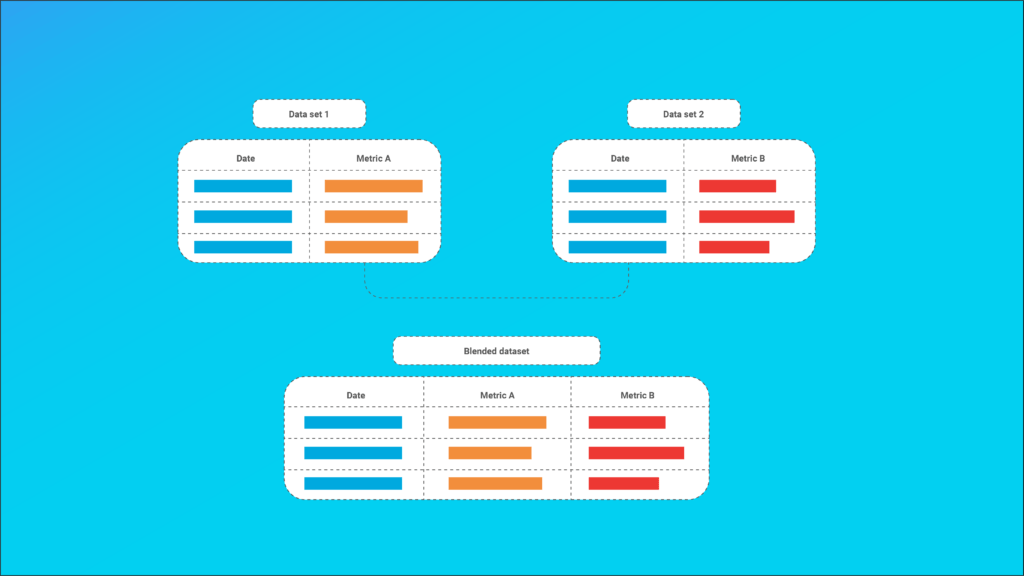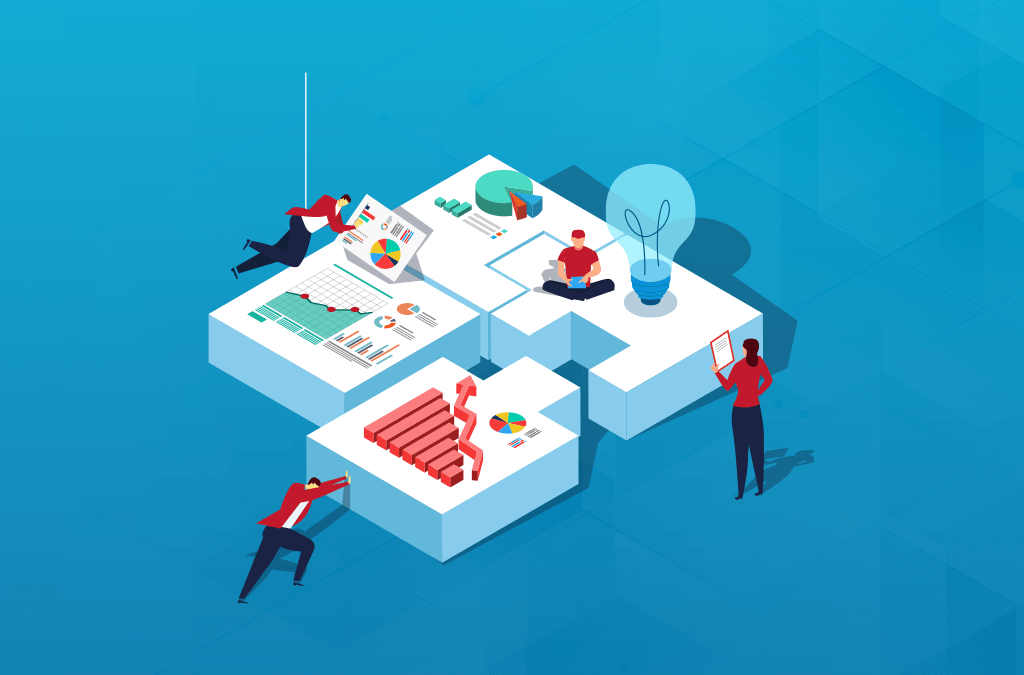How Data Blending Provides Clarity to Make and Save Money
Every business has a myriad of data and data sources, even if just a folder of Excel spreadsheets and a CRM. These platforms and sources, such as your spreadsheets, web analytics, cloud apps, and more, all produce facts and figures that are pieces of your organization’s puzzle.
Without seeing more than one piece at a time, it is nearly impossible to put that puzzle together correctly. So, how do business analysts see where to start? They have to have all the pieces at once.
What is Data Blending?
Data blending is the process of combining data from multiple sources into a single, actionable dataset. With additional information from a secondary data source combined with data from the primary source, you see everything in one view. The process allows organizations to gather insights from various sources and analyze them more deeply. While data work can be technical and tedious, many of these insights are most actionable in the hands of non-technical teams, such as finance and sales, to help build on successes and identify missteps of a business.
According to Forbes, data preparation accounts for 80% of the work of data scientists, and 76% of those view data preparation as the least enjoyable part of their work. Blending of data – a mashup of your sales data spreadsheets, web analytics, cloud apps, etc. – can improve the efficiency of this process, therefore speeding up the time it takes to get data into the hands of those that can best utilize it.
How is it Unique?
As the quest to improve a business’ efficiency and increase revenue is not new, neither is the need for connecting and combining data. The process is similar to ETL in many ways, as it takes data from various sources to combine them. Data blending does differ in that it joins data for a specific use case at a specific time, where ETL merges and structures data into something like a data warehouse.
Data blending can also be associated with data integration. Blending data is different due to the requirement of data analysts to merge sources very quickly, too fast for data scientists to intervene effectively.

Data blending may also be confused with data joining. While they are similar, data joining only works to combine from a single source, such as two SQL databases. Data blending makes it possible to bring data together from multiple tools.
Simply put, blended data is helpful for:
- Data analysis at various levels of granularity and detail
- Working with different databases (i.e. Oracle, SQL, Excel, etc.) with differing dimensions or metrics
- Interpreting massive amounts of data
How to Blend Your Data
Data can be combined in several ways, each with its own strengths and weaknesses.
First, an organization must identify the sources to be used, and ensure the data is a clean, usable dataset.
Next, the data is compiled and loaded into a destination for storage, such as a data warehouse.
Third, data should be cleaned by correcting and deleting incorrect or unnecessary elements, and redesigning the dataset into a better format.
As data blending is executed, it is difficult to track the sources of various data elements. In order to ensure the credibility of the information produced. It is important to keep a record of how the data set was blended.
How Blended Data Can Help
The results of data blending provides easy to consume data to an entire organization, including non-technical areas. For example, sales and marketing teams can see data from a CRM and a spreadsheet to gain insights on product profitability.
This clarity directly impacts the bottom line of the business, as efforts can be focused on what buyers’ interests, and what makes the most money. Seeing all the pieces together could provide a comparison of your advertising spend across platforms, and show your organic performance on search engines against your paid results. Knowing these could significantly reduce spending in these areas.
As a whole, data blending provides your organization with:
- Rapid analysis
- Fewer data silos
- Efficiency
- Saved time and resources for technical staff
- More revenue
Conclusion
These days, companies are gathering as much data in a week as they might have previously collected in an entire year, but a recent report found companies utilize less than 20% of it. As technology and business changes, so does the way your organization consumes data will evolve as well, especially so non-technical teams can easily access and utilize it.
Without being able to put this data to work, your team is wasting valuable time and resources. Data blending can eliminate data silos, speed up decision making, and provide clarity of focus.
Not sure where to start?
We can help. Schedule a demo of Sesame Software today to discuss how we can help create a unified view of your data by bringing it all to one place with instant connections to on-premise or cloud enterprise applications or databases.


